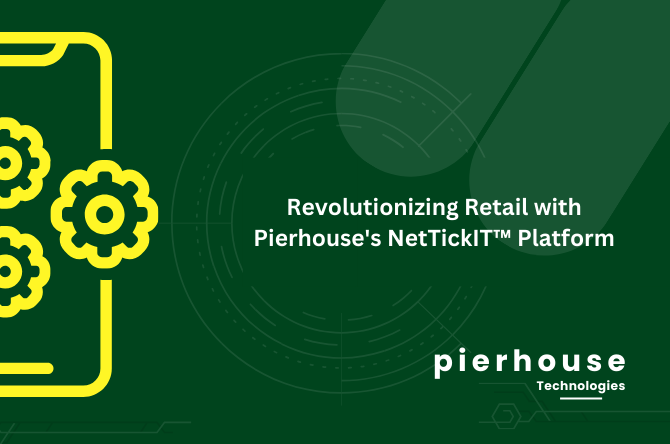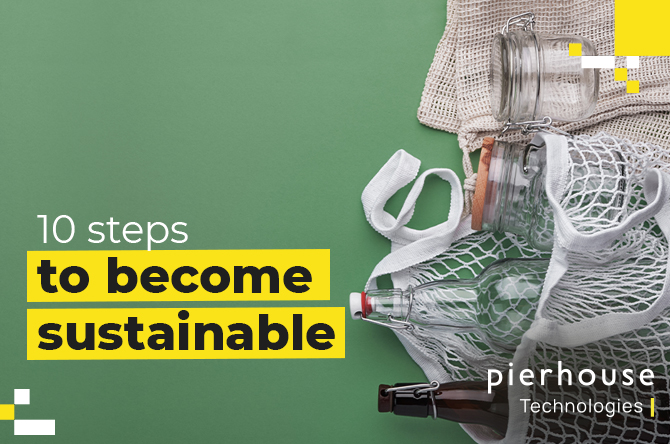Major retailers such as M&S, McDonalds and Harrods are making significant changes in their stores. This is what they said at the Retail Bulletin In-Store Engagement Conference in July 12.
Claire Zuurbier, Workstream Lead New Channels Marks and Spencer
M&S want to be: The leading Multi-channel Retailer in the world by 2014
- The New Channels team started two years ago with three people. It now has 50.
- The first project from the new CEO was “put big screens in stores”. The team moved that from a technology to a customer proposition and installed smaller screens. Big push on beauty. Not just M&S brands but lots of specialist or foreign brands not widely available at other stores. Over a third of women download their own picture.
- Women’s wear is going to increasingly be sold by full view sample. Catwalk videos and other magic mirror type screens but women can’t try products on. Space made by taking out lots of stock from the shop floor.
- The overall strategy is: Inspire – Select – Transact. Preferably in the same space and in a seamless way.
- 77 iPads currently in use bring in over £50K per week but must be guided by a member of staff initially. One of the biggest quick successes so far.
- +55 year olds love kiosks and innovation if they are shown how to use it first time and it’s very easy to use. It must not be named in a confusing way.
Mark Fabes, IT Director, McDonalds
The overall strategy is to promote “Spirit of Family” in everything they do.
- Big investments in IT.
- Great success with self-order kiosks. Average order value goes up 20%. 70% of all customers in France use them.
- In-Store iPads for children to use. 12 per store. Adults can enjoy the food while children play. Increases dwell time and ordering of more drinks and desserts. Adults also play with iPads.
- Free WiFi in all restaurants. Average use is 20 minutes.
- 3 million contact-less transaction made in restaurants. Saves a minimum of 3 seconds per order. Took 3 months to put in across the estate.
- Orders are also being taken on handheld devices to queue bust and stop people walking out when they see a big queue. Also some orders or refills taken at tables
- Looking at gamifying rewards and using QR codes to collect orders.
- All major re imaging of store to be complete by end of 2012 then start all over again.
- The future is fewer tills and more order initiation devices.
Guy Cheston, Media Sales Director, Harrods
Harrods want to seen as: The pioneers in digital signage for luxury retail
- Significant revenues from the brands use of 160 big display screens.
- Moving to larger screens and incorporating screens in the redesign of areas of the store to look more natural and reduce screen failure through overheating.
- Brands use existing creatives more than video on big screens.
- 15 second max video lengths repeated no more than every 5 minutes.
- Don’t want navigation screens and not keen on kiosks. “We have excellent staff so we don’t need them”.
- Use of NFC for window point campaigns quite successful but do not want to impose technology on customers in-store.
Simon Smith, Head of Multi-channel and customer experience o2 UK Telefonica
- The big challenge is getting current information and data to staff and also to customers.
- All phone stores are boring with product around the walls.
- Need to get rid of counters (Carphone Warehouse and Vodafone also said this).
- Getting a new phone is not possible during a lunch hour. Need to change processes.
Jeremy Waite, Head of Social Strategy TBG Digital
- Look out for win with eBay and watch with eBay. Buy products as seen on TV immediately by linking another display device to your TV.
- The big retailers major competitors are not other large retailers – they are start-ups with great ideas. Dollar Shave is the example quoted.
Lee Cooper, Creative Director, White Stuff
- The average shoppers is a yummy mummy who does not spend much time in store because she is busy and often has children with her.
- Looks at new technologies but most are too disruptive, too complex and don’t help the customer experience.
- Tried magic mirrors but too slow, complex and demanded lots of space. Asked supplier to make it just work as a simple photo booth and customers liked that.
Kenneth Ball, IT Director, Schuh
- Kiosks are great for staff training and knowledge but they don’t want customers using them.
Malcolm Wicks, Marketing Director, Pierhouse
- Within 2 years every customer could pay a different price for the same product.
- 76% of decisions are made in-store. Learn from the way that Amazon presents products on-line and implement it in-store with tickets that sell.
- With so much focus on mobile and on-line we all need to remember that around 90% of sales are still made in stores.
- Sometimes we need to remember that the humble shelf edge price ticket is responsible for more sales than anything else.




